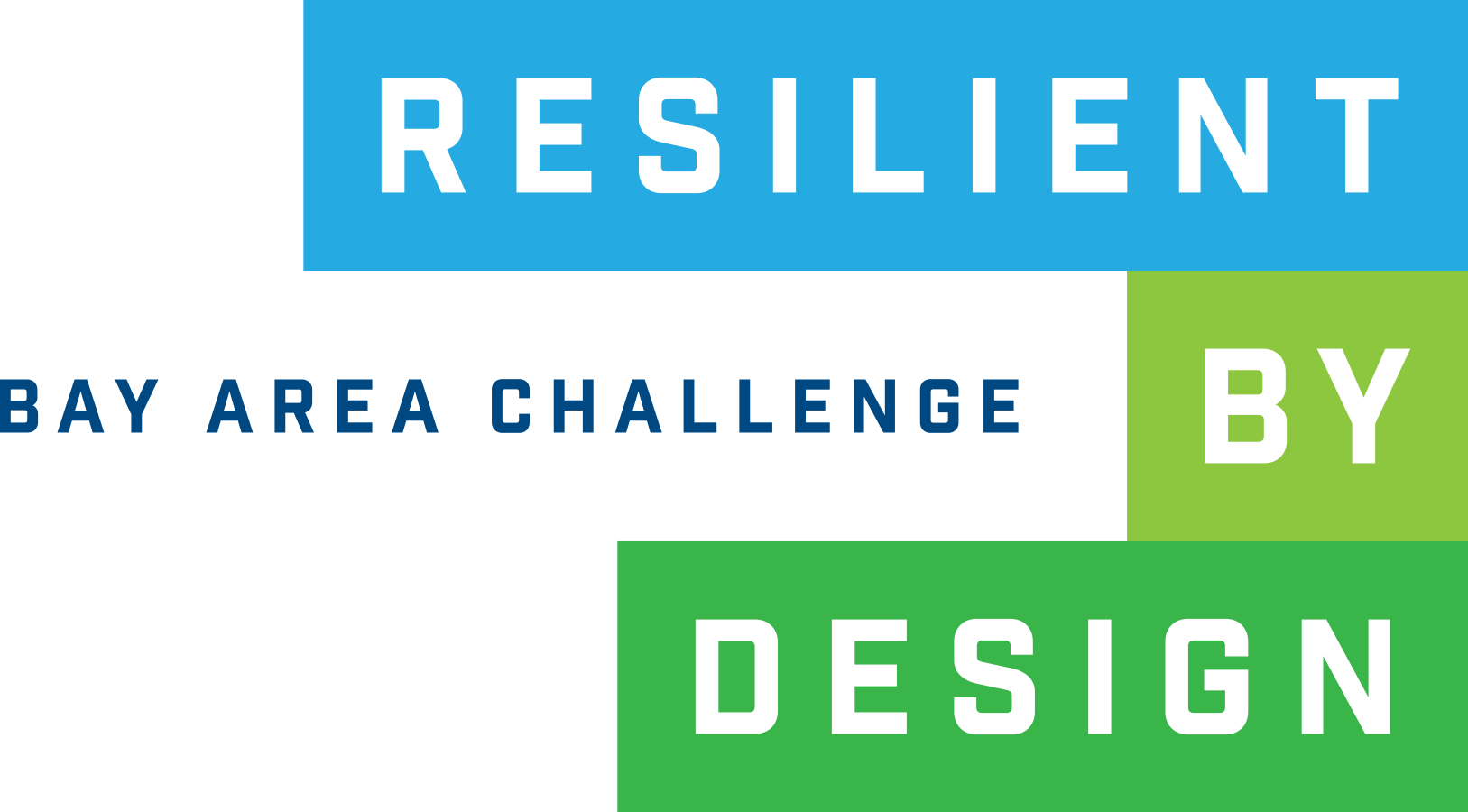Making Sediment Public
Public Sediment wrapped up a round of outreach events over the weekend, integrating with community Earth Day celebrations in Fremont. The team used models and creative co-making activities to enable individuals to share their ideas about where, why, and how they use and understand their watershed -- or in some cases, how they don’t. On Saturday, team members were at the City of Fremont’s “Let’s Go Green Together” event, hosted at the Conrad E. Anderson, MD Auditorium on Mowry Avenue. On Sunday, the team returned to Fremont for the Local Ecology and Agriculture Fremont or LEAF Earth Day Celebration that took place at the California Nursery Historical Park on Nursery Avenue.
A topographic model of the lower Alameda Creek watershed covered in pegs allowed participants to mark their routes and destinations with hot pink rubber bands. It exposed to participants just how many times they crossed the creek in their daily commutes (oftentimes without them realizing it) and prompted great discussions on important routes for people (as well as sediment and fish) in the watershed. Paseo Padre Parkway was revealed as an important corridor along the creek, but also an impediment to access from the south.
Routed wood discs became a surface for the scooping, sculpting, and shaping of sediment at future and existing access points along the creek, and opportunities for sharing ideas of new programmatic activities. It also exposed the diverse edge conditions of the creek from Niles Canyon down to its mouth at the Bay to youth very eager to play with kinetic sand!
Lastly, the events helped Team Public Sediment begin to expand their work on the Alameda Creek Atlas, a participatory tool that community members can use to access their resources (including public access of the creek itself) and decision makers can use to understand more diverse conceptualizations of vulnerability and resilience in the region. The Atlas includes simple explanations (in English, Spanish, and Mandarin) of the watershed as revealed by our team’s research and design process. More importantly, it includes prompts by way of Field Notes that collects stories about playing with sediment (aka mud or sand), personal experiences of flooding, and even trout recipes! Coupled with the Team’s design and research work, these Field Notes help build a fuller understanding of the watershed as a multi-layered and complex socio-ecological place, and foster greater community connections. Because our team understands these connections are an important strategy for building community resilience to climate impacts.
Interested in seeing any of our models or the Alameda Creek Atlas in action? We have a final public event planned for May 2nd at the Ruggieri Senior Center in Union City. Organized as an intergenerational story share, we’ll hear from seasoned residents of the watershed about the landscape prior to the flood control channel’s construction. We’ll also be sharing historical photos of the Alameda Creek, with thanks from the Washington Township Museum of Local History. We are still seeking youth volunteers for this event; if you’re a resident of the watershed (Fremont, Union City, Newark, Dublin, Pleasanton, Livermore and Sunol) and are interested, please contact Claire at ncnapawan@ucdavis.edu.
Have a great story to share about the Alameda Creek but unable to attend any of our events? Fill out our online version of the Field Notes and download your own copy of the Appendix.












